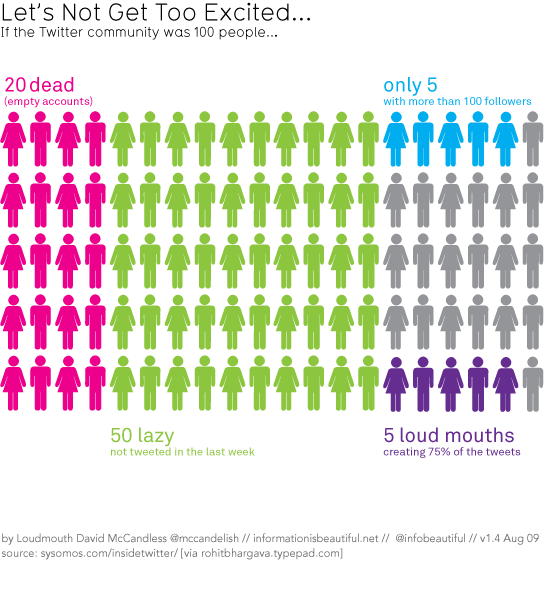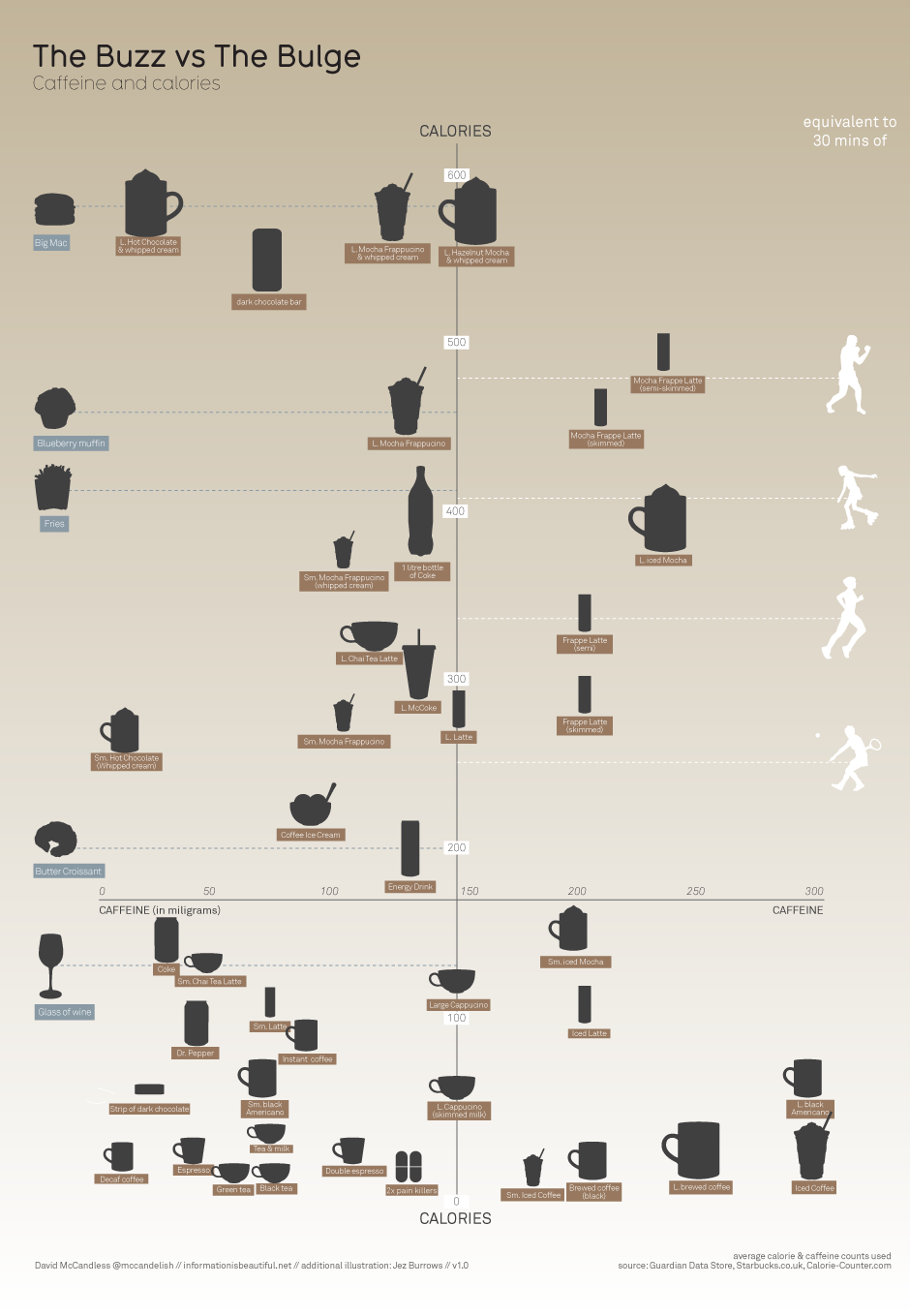Category: Communication
Facebook Email… umm… I mean “New Messages”
So, Facebook have announced their gmail killer that isn’t really a gmail killer at all – but a new fangled way of controlling what you read and who you read it from. The new “messages” accounts (which include an optional Facebook email address) will be rolling out in invitation only beta for a while. If you want an invite you should go to this link (if you haven’t already).

I’m the kind of guy who wants Facebook and Google mining all my data so they give me more relevant ads and less ads about Christian dating and bad coffee. You might not be…
Life through the lens of Facebook
A cool video, with a few swear words (in text).
How the Internet works
This is a nice, simple, little comic explaining what it is that goes on when you type a web address into your browser. It’s a handy reference for when you have those conversations with a dullard who doesn’t really know what’s going on, but suggests it has something to do with monkeys or magic. Or Monkey Magic.

Via labnol.
Data Visualisation: Break up season
A guy named David McCandless put together some data visualisations for a talk he gave at TED. You can watch it here.
But in my opinion, his really interesting research went into this graph of when people experience relationship break downs based on mentions of “break up” or “broke up” in Facebook status updates.
Here’s the graph (posted on Information is Beautiful):

He also put together this cool “if Twitter was 100 people” visualisation that I’ve posted before (I think)…

And this one on caffeine and calories, that I know I have posted before.
Data visualisation is the future of communication – Christians need to think about how we can use it well to communicate the truths of the gospel.
Contradictions v Cross-References: Does the Bible present a coherent picture
Someone on a comment thread discussing the “Contradictions” visualisation I posted yesterday pointed out that it’s remarkably similar to this visualisation of cross references I posted ages ago from Chris Harrison. Lets have a look at them together… I had remembered this cross reference one at the time, and thought it interesting that they took the same approach to presenting the graphic. But given both have presented their data sources, I’m not suggesting plagiarism (the atheist one acknowledges the influence of the other one). There are 63,000 odd cross references in the colourful one, and only 419 contradictions in the red one… but the shapes are very similar. Aren’t they.


It is interesting though, that one speaks to the internal consistency of the Bible while the other presents apparent discrepancies. Could it be that Sam Harris and his designer have a better take on the nature of interactions between texts in the Bible? I doubt it.
Mo money, mo problems
Are you Movembering? I would if I could. But I can’t. My mo don’t grow. This year I even tried growing it a month in advance.
And that’s the results…
Which is a shame. Because Movember is awesome. This is what internet activism and awareness raising should look like. Not some stupid innuendo based “secret” campaign.
So, instead of calling for people to donate to my Movember efforts – I’m encouraging you to donate to my friend Paul’s efforts. Plus, he has a ranga mo – so he needs all the support he can get…
I love the marketing campaigns and stuff springing up around Movember.

And especially these pictures, which were what mo-tivated me to write this post to begin with.
Moustaches make a difference…





These, and more, via Scary Ideas.
Why you shouldn’t rebuke people by email
Al posted this thoughtful bit of pastoral advice the other day.
“Relationally it’s better to get on the phone. And if people are already against you then in my experience it’s best not to answer them in black and white.”
And then, just a day later, this video appeared on the Gospel Coalition blog.
It’s good advice. And all the points are valid. Especially in the context of ministry. I’ve got to say though, I found keeping an email trail was incredibly beneficial for protecting oneself from future recollections of a conversation – so sometimes it is worth having things in writing.
Typography for Lawyers
After my typography post yesterday two funny things happened. My friend Amy sent me a link to Typography for Lawyers on Twitter, and Al, a former Lawyer, asked if there was anywhere he could learn more about typography. Look everyone. Synergy.
Check it out, you don’t have to be a lawyer to learn about typography from this website…

It’s full of handy advice.
Like this:
“Typography matters because it helps conserve the most valuable resource you have as a writer — reader attention.
Writing as if you have unlimited reader attention is presumptuous because readers are not doing you a personal favor. Reading your writing is not their hobby. It’s their job. And their job involves paying attention to lots of other writing.”“It’s the same on the printed page. The text matters, but if that’s all that mattered, then everything could be set in 12-point Times New Roman. And that would be the equivalent of staring at the lectern. In the same way that good speaking skills matter during an oral argument, good typography matters in a written document.”
“Good typography is measured on a utilitarian yard stick. Typography that is aesthetically pleasant, but that doesn’t reinforce the goals of the text, is a failure. Typography that rein forces the goals of the text, even if aesthetically unpleasant, is a success.”
And because it’s for lawyers he’s got a bunch of practical tips too.
Here’s his take on mixing fonts…
How to make a font palette
I like reading about typography. I’m pretty sure most of you don’t. But here’s a nice little guide to putting a bunch of fonts together on a design from fontsters Hoefler & Frere-Jones.


I won’t bore you with the all the details, but looking that good is expensive (those fonts combined cost over $400).
There are four principles in total. They’re expounded in the article.






A lesson from The Oatmeal: Literally
Go here. Read this. Never annoy pedants again.

Lego Ad: Build Anything
Lego ads are fun. Here’s another one.
Build Anything from Studiocanoe on Vimeo.




Blog Commenting Guidelines for Journalists
The Guardian Newspaper has posted its commenting guidelines for its own journalists.
I like them.
1. Participate in conversations about our content, and take responsibility for the conversations you start.
2. Focus on the constructive by recognising and rewarding intelligent contributions.
3. Don’t reward disruptive behaviour with attention, but report it when you find it.
4. Link to sources for facts or statements you reference, and encourage others to do likewise.
5. Declare personal interest when applicable. Be transparent about your affiliations, perspectives or previous coverage of a particular topic or individual.
6. Be careful about blurring fact and opinion and consider carefully how your words could be (mis)interpreted or (mis)represented.
7. Encourage readers to contribute perspective, additional knowledge and expertise. Acknowledge their additions.
8. Exemplify our community standards in your contributions above and below the line.
November 6, 2010